Advertisement
Libyan forces reduce Islamic State's grip in Sirte to final few blocks
SIRTE, Libya (Reuters) - Islamic State controls a residential strip less than 1 Km long in their former stronghold in Libya's Sirte, where pro-government forces backed by U.S. air strikes are advancing building by building to finish a five-month-old campaign.
Over the past two days, forces led by brigades from Misrata have pressed further into Sirte's neighborhood Number Three as an intensified aerial bombardment and a barrage of tank fire slowly dislodged militant sniper positions.
Militants were clinging to an area called Manara, a sub- district that if ceded, Misrata commanders said, would leave them exposed to defeat in what was once the group's main base outside territory controlled in Iraq and Syria.
"This is the end for them," said Mohamed al-Ghasri, a spokesman for Misrata forces. "They have no other solutions, so that's why they are fighting fiercely to stay in Manara."
Losing control of Sirte is a major blow for Islamic State, depriving it of the only city it held in North Africa. The jihadist group is also on the defensive against U.S.-backed campaigns in Iraq and Syria.
Victory for the Misrata-led forces would also provide a boost for a U.N.-backed Government of National Accord (GNA) that nominally commands them from Tripoli.
The GNA has so far struggled to exert its authority and recently saw a rival eastern commander, Kahlifa Haftar, seize some of Libya's major oil ports, one of which is less than 200 km from Sirte.
The campaign in Sirte has been costly and longer than many in Misrata expected. But with Islamic State militants pinned back to a few residential blocks, their capacity to use heavy weapons and suicide bombings has been reduced.
On Monday, Misrata-led forces found a vehicle packed with explosives that Islamic State had been unable to use.
AIR STRIKES
That was a day after the U.S. intensified its air attacks on Sirte, carrying out 20 strikes against multiple fighting positions, according to U.S. Africa Command. The U.S. has launched just over 200 strikes since the start of its air campaign on Aug. 1.
Many of the buildings in areas where recent fighting has taken place are ruined or reduced to rubble.
Misrata-led forces are still vulnerable to snipers, who they say are highly skilled and have adapted to air strikes by seeking better cover. On Sunday, a sniper claimed the life of a Dutch photographer - the second journalist to be killed in the campaign.
Forces have also had to deal with attacks from behind the front lines, including car bombings, which have fueled fears of a continuing insurgent threat in the area after Sirte's capture.
On Sunday, the forces fended off a major ambush on their eastern flank. Rida Issa, a second spokesman for the Misrata-led operation, said as many as 55 bodies of slain Islamic State fighters had been counted after the attack, with another 25 counted around Manara.
"It is highest number of Daesh (Islamic State) bodies spotted since the beginning of battle against them in Sirte," Issa said.
"According to the observations of our front line commanders, the bodies found were those of Libyans, Tunisians and sub-Saharan Africans."
A further six had been killed as fleeing militants were pursued into the desert, Issa said. At least 11 of the government-backed fighters were killed in the past two days of fighting, with dozens more wounded.
That brought the total number killed since the start of the campaign to 560, said Akram Gliwan, a spokesman at Misrata's central hospital.
No running tally of Islamic State casualties has been kept, and militants' bodies are often left in the streets untouched because of fears of booby traps. By most estimates, the jihadist group had built up a force of between 2,000 and 5,000 in Sirte, many of them foreigners, before the battle started.
(Additional reporting by Ahmed Elumami in Tripoli; Writing by Aidan Lewis; Editing by Patrick Markey and Ralph Boulton)

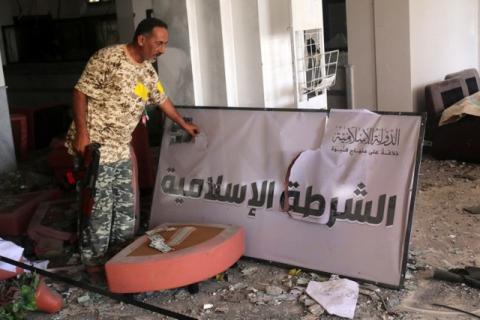
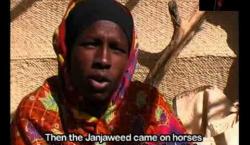
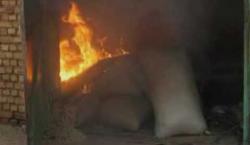
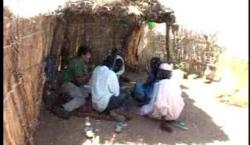

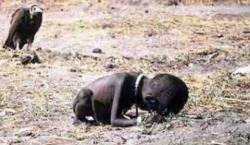
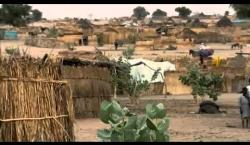
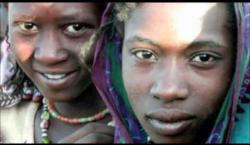


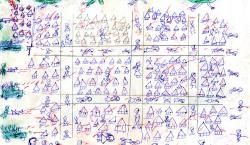




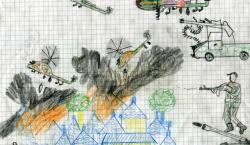
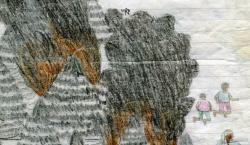
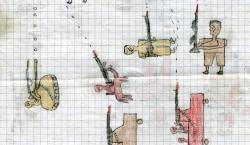
Add new comment